by Dr. Talia Marcheggiani, ND | Jan 14, 2013 | Art Therapy, Community, Culture, Healing Stories, Health, Music, South America
In Paraguay, South America there is a village, called Cateura, whose main industry is collecting and recycling the waste from the rest of the country. Being from a poor village that acts as Paraguay’s dumping grounds, the citizens of Cateura subsist mainly on sorting and recycling garbage. The documentary Landfill Harmonic, tells the story of Favio Chavez, a music teacher in Cateura, who decided to create a school music program using instruments made entirely of recycled garbage.
(more…)
by Dr. Talia Marcheggiani, ND | Nov 12, 2012 | Acupuncture, Addiction, Balance, Canadian College of Naturopathic Medicine, Community, Culture, Health, Mental Health, Nature, Naturopathic Philosophy, Naturopathic Principles, Professional Development, Student, Treating the Cause
As we often hear in our classes, one of the biggest risk factors for a variety of chronic, debilitating diseases, from diabetes to ADHD, is low socioeconomic status. Sadly, even in a country like Canada, in the year 2012, we see that socioeconomic status continues to be a vicious cycle that entraps its victims in a web of dis-empowerment when it comes to issues concerning health.
(more…)

by Dr. Talia Marcheggiani, ND | Nov 5, 2012 | Community, Culture, Dessert, Diet, Family, Food, Food Sensitivities, Gluten Free, Health, Mental Health, Naturopathic Philosophy, Paleo, Recipes, Relationships
 While studying at the Lazy Daisy Cafe in Toronto’s east end with some classmates, I came across this inspiring poster in front of the washrooms:
While studying at the Lazy Daisy Cafe in Toronto’s east end with some classmates, I came across this inspiring poster in front of the washrooms:
(more…)
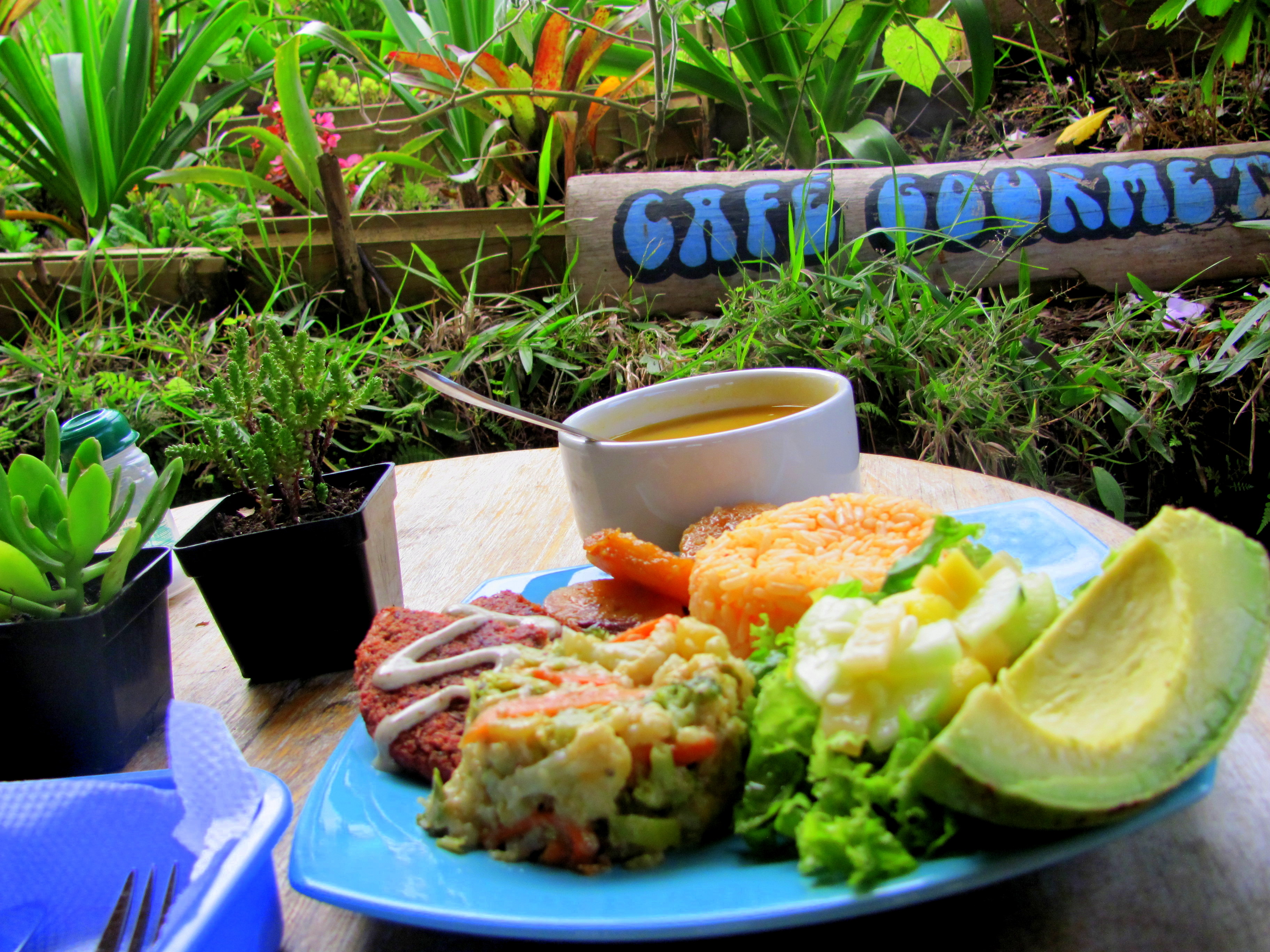
by Dr. Talia Marcheggiani, ND | Sep 3, 2012 | Balance, Colombia, Cooking, Culture, Diet, Digestion, Elimination Diet, Food, Food Sensitivities, Gluten Free, Health, Lifestyle, Nutrition, Photography, Restaurants, South America, Travel, Travel Stories

It´s been a while since I´ve talked about food on this blog, which is a shame, since this blog is about naturopathic medicine and, as Hippocrates said, “let food be thy medicine.” Any naturopathic doctor will tell you that a great diet is the key to health, happiness and longevity. I´ve just gotten back from my fourth trip to Colombia and have decided to reflect on my most recent experience with Colombian cuisine.
(more…)
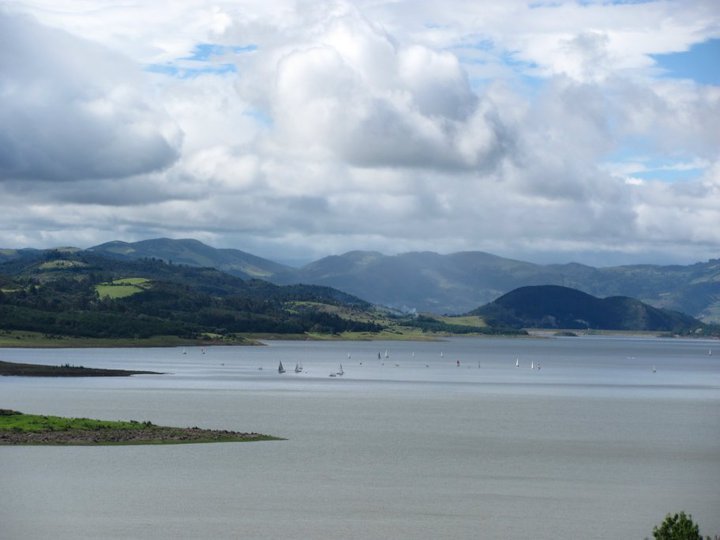
by Dr. Talia Marcheggiani, ND | Aug 23, 2012 | Balance, Colombia, Community, Culture, Emotions, Family, Music, Nature, Photography, Poetry, Politics, South America, Summer, Travel, Travel Stories

The first thing I notice about Bogotá, when descending the rickety stairs of the airplane, is the smell: a strange mixture of damp clay, lush green vegetation and diesel smoke. The altitude provides a lightheaded feeling of well-being and forceful palpitations of your abdominal aorta begin somewhere between your sternum and navel.
(more…)
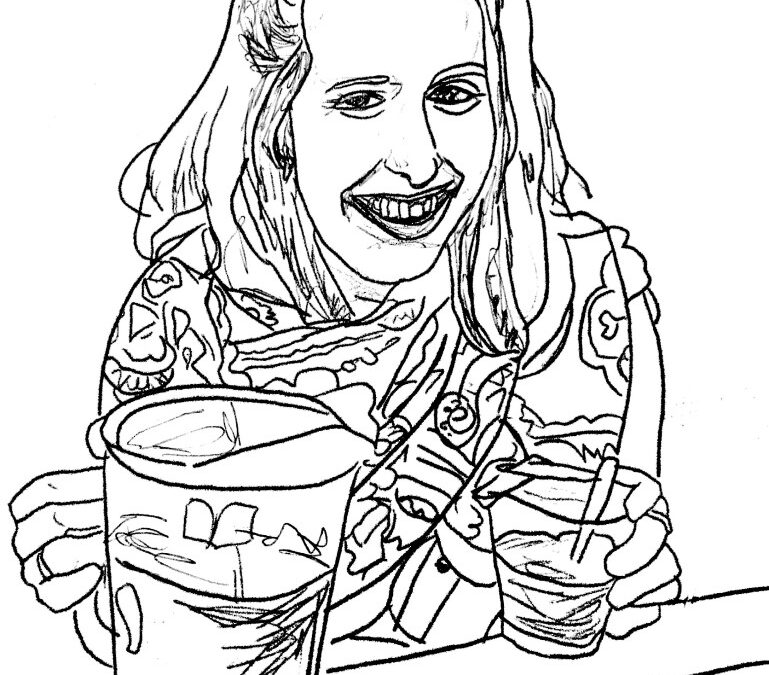
by Dr. Talia Marcheggiani, ND | Aug 13, 2012 | Art, Art Therapy, Beauty, Body Image, Colour, Creativity, Culture, Finding yourself, Mental Health, Mindfulness, NPLEX, Self-esteem, Self-reflection, Toronto, Writing
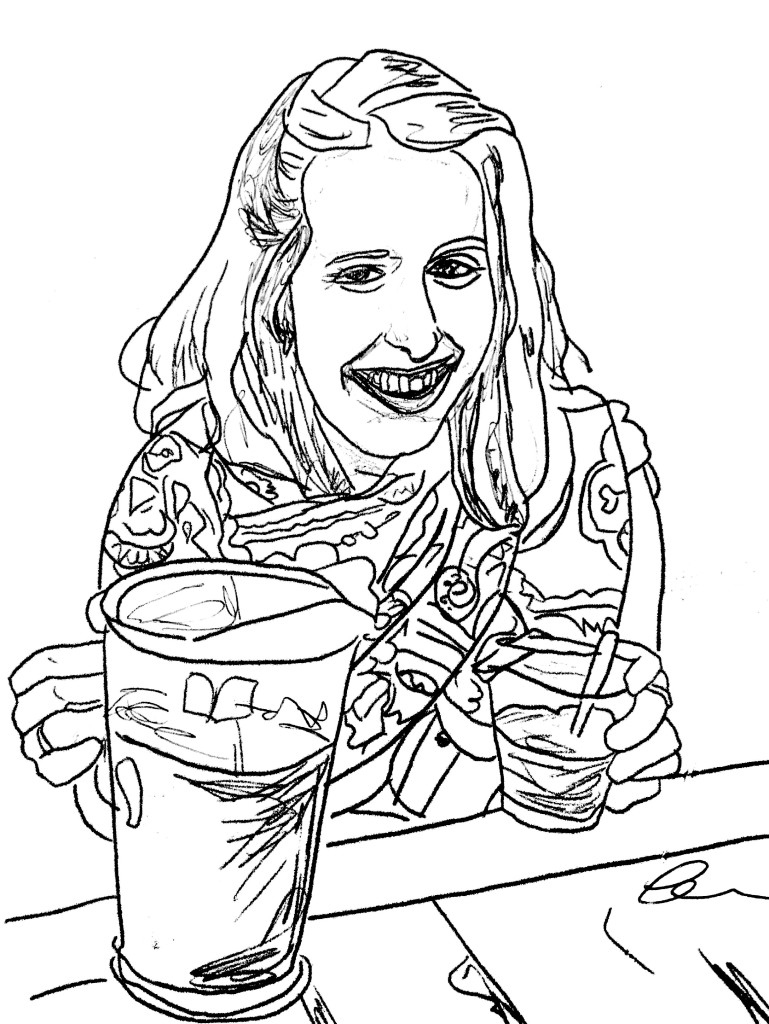 My art is mainly inspired by nature or by places I’ve traveled to or read about. It doesn’t tend to emphasize detail and, when humans are included in the composition, they are usually faceless, depicted as chunky, cubist blocks of colour. People are rarely the main subject of my paintings. And, unlike Frida Kahlo, one of my painting idols, I have never entered the world of portrait painting, much less self-portrait painting.
My art is mainly inspired by nature or by places I’ve traveled to or read about. It doesn’t tend to emphasize detail and, when humans are included in the composition, they are usually faceless, depicted as chunky, cubist blocks of colour. People are rarely the main subject of my paintings. And, unlike Frida Kahlo, one of my painting idols, I have never entered the world of portrait painting, much less self-portrait painting.
When painting the facial features of other people, one must pay obsessive attention to detail. This is a skill I don’t have when it comes to painting. It’s almost as if, through painting, I can leave the burden of fussing over details behind to pursue a sense of therapeutic self-pleasing aesthetic that focuses on colour and shape, rather than the fine lines and subtleties. I tend to spend far too much time obsessing over details in real life and so I view painting as an escape from that. When painting life-like portraits, however, such an escape is impossible.
But, like Picasso, I want to become an artist-of-all-trades or, at the very least, claim experience with different subject matter. So, besides feeling that the experience would be tedious and slightly narcissistic, I decided to attempt a self-portrait.
The thing about self-portraits is that we know our own faces very well. From my teenage years through young adulthood I remember countless hours spent obsessing over my reflection: squeezing zits, plucking eyebrows, willing my nose to shrink and wondering what made my face less poetic than that of a famous actress or singer, almost like there was a secret beauty ingredient I might have been born lacking. Painting a self-portrait demands an attention to detail unlike any other mirror flirtation ever performed. From the exact shape of the mouth, to the way the cheeks are outlined, I found myself staring at parts of my reflection that I had never experienced before.
Because I’m not experienced in portrait-painting, the painting started out rough. My oil-painted face was taking on a deformed, misshapen quality, it didn’t look like me, and I found myself criticizing the painting, judging it, and then my own abilities. I then realized, painfully, that this was akin to the way I would criticize my real-life reflection. After a while, though, I found myself comforted by my outline’s familiarity and that comfort turned into a sort of visual satisfaction. This was my face: the window to the person I am who lies beneath and the signature that accompanies everything I say or do in this life. I began to make peace.
Creating art allows us lots of space for reflection. Perhaps that’s why it’s so therapeutic. As I mix colours and apply paint to canvas my mind relaxes and wanders, uninhibited, into new terrain. I find that while painting it helps to have a notebook handy because one artistic pursuit nurtures another and I find myself inspired to not only paint, but write as well. On this portrait-painting day in particular, I felt a relaxing space open up for reflection on who I am now, at 26 years of age. My reflection may have changed some, but behind the wide gaze, I could still see the smirk of that 9-year old, in the Universal Studios sweatshirt, who was imaginative, idealistic and shit-disturbing, all at once. I wonder if this 9-year-old knew that in a few years’ time she would be studying something called naturopathic medicine.
This summer has been dedicated to reviewing basic medical sciences for NPLEX and working as an English as a Second Language (ESL) teacher in Toronto. I haven’t made much time for long contemplative walks, reading literature, laying on the grass, socializing or, most of all, painting or drawing. The way I structure my day is a reflection of my disbalance, not my actual interests and priorities and, as I paint, my evolving painted self stares back at me from it’s canvas home and asks me, “is this what you wanted?”
I’m not sure. But portrait painting shows me that there is a link between borderline narcissism and self-contemplation. Maybe that’s why it’s called self-reflection.
by Dr. Talia Marcheggiani, ND | Aug 3, 2012 | Book, Canadian College of Naturopathic Medicine, Culture, Docere, Education, Exams, Gratitude, Mental Health, Motivation, NPLEX, Stress, Student, Summer, Toronto, Urban Living
It occurred to me during a lazy, yet productive, day at the Toronto Reference Library, among stacks of deliciously old-smelling books – this ain’t so bad. Although I’ve taken to whining about it in previous posts, summer studying doesn’t really have to be that terrible. Here are 7 ways to find beauty in sacrificing some our best months of the year for the sake of education:
(more…)
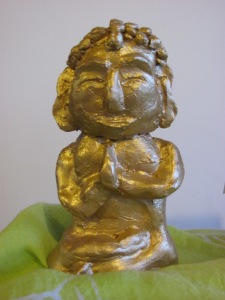
by Dr. Talia Marcheggiani, ND | Jul 5, 2012 | Addiction, Alcohol, Balance, Culture, Emotions, Exams, Family, Law of attraction, Letting Go, Meditation, Mental Health, Mindfulness, Psychology, Spirituality, Stress, Yoga
 Serenity, in New Age culture, usually depicts the complacent grin of someone who has risen “above it all”. Clad in white robes, with a wooden chain of prayer beads strung around the neck, this serene being does 10-day meditation retreats, feels at home in lotus pose and is most frequently removed from society.
Serenity, in New Age culture, usually depicts the complacent grin of someone who has risen “above it all”. Clad in white robes, with a wooden chain of prayer beads strung around the neck, this serene being does 10-day meditation retreats, feels at home in lotus pose and is most frequently removed from society.
(more…)

by Dr. Talia Marcheggiani, ND | Jun 18, 2012 | Art, Art Therapy, Community, Creativity, Culture, Music, Summer Festivals, Theatre Reviews, Urban Living
I am a huge fan of the theatre. With one outlier in mind, there has never been a live performance that I didn’t completely enjoy (the exception happened to be a 3-hour monologue about Simon Bolívar). Every other experience, no matter what the production budget is, has been excellent.
(more…)
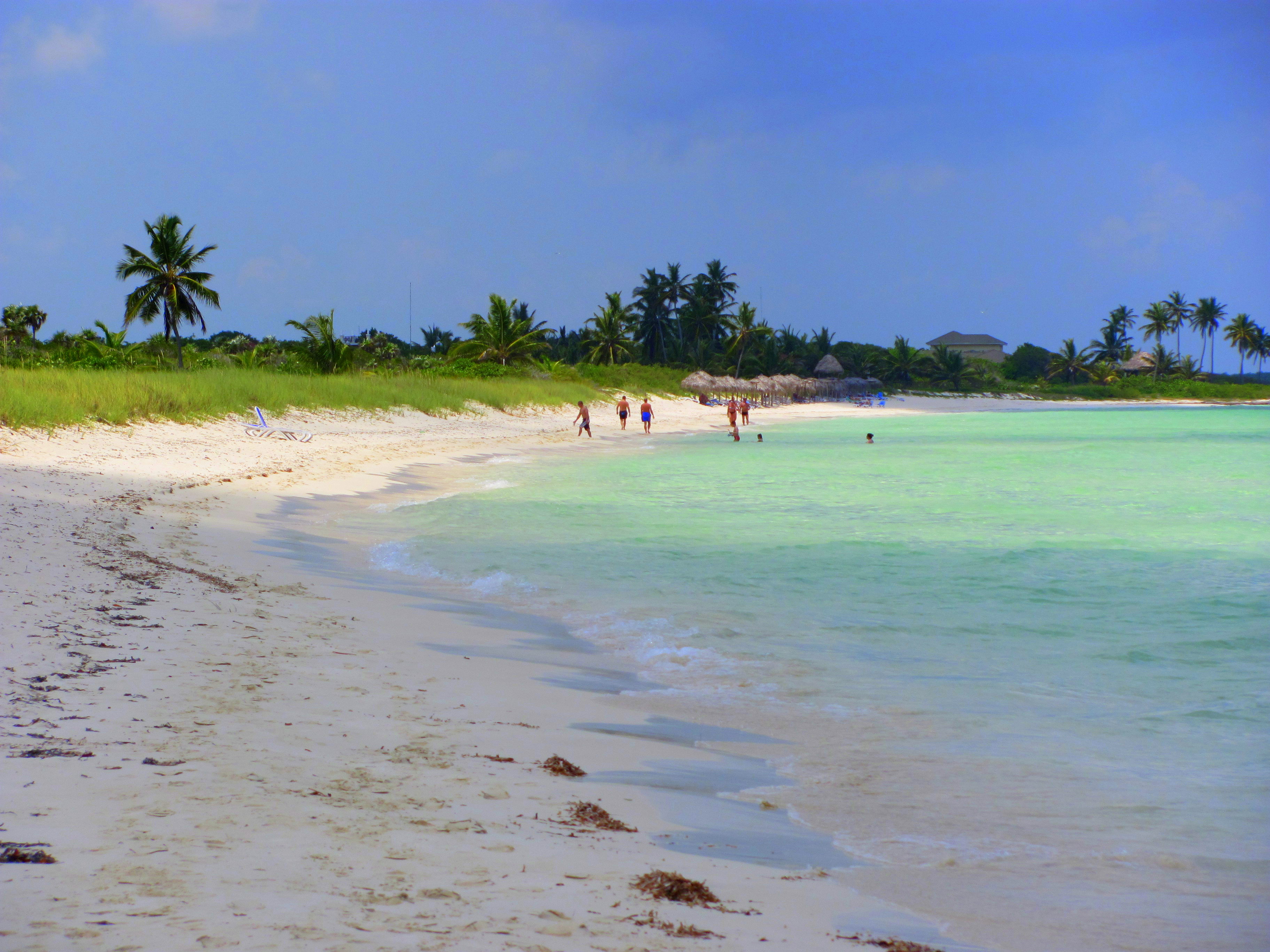
by Dr. Talia Marcheggiani, ND | May 14, 2012 | Caribbean, Community, Cuba, Culture, Finding yourself, Naturopathic Philosophy, Philosophy, Travel, Writing

Canada is an interesting country. The people are careful in our friendliness and things are often left to understanding and not words. Kind gestures extend as part of conscious guilt and an aversion to making waves: please, thank you, sorry, sorry, sorry. A kind smile and awkward chit-chat about hockey.
We stand inside our pristine brick fortresses, in quiet neighbourhoods that are walking distance from good schools and we fill our flesh to prove to ourselves that our houses are not too big for us, that we really do need all the space. Things are bigger, but social circles are not. In our quiet surroundings, in our inhibited social reserve, we are sterile, septic and retracted, like the weather we endure for so many months of the year.
Driving through Cuba, the Canadians eyed 7 x 10 metered shacks, held up by a neighbour’s nails, holes welcome in the sea breeze as families lean against the front stoop. Freshly washed laundry waves in the breeze, flags symbolizing an uprising and then a plateau. Locals watch us as they expand into a chair, concentrating on the faint tickle of breeze on sticky hot skin, or lean against the door frame, casually eyeing this common trespass of foreigners. The Canadians watch the endless scene, house after house, an endless train of clothes lines, with a twist of fascinated guilt. Flesh memories of the softness of their beds, the gourmet food heavy in their stomachs fill their hearts with the dull burdensome ache of privilege, but their minds assure them of their powerlessness to change any of it.
“In Cuba, when someone has nice clothes, we know that they are brought here from AFUERA!” Jokes G, a Cuban and fast-friend I met on the beach. “The clothes and goods here in Cuba are, to put it politely, not very nice. But in your country, in Canada, everything is made to last, everything looks beautiful.” To the Cubans, afuera, or outside (of Cuba), is synonymous with quality.
Hearing this, I self-consciously bury my hands in the pockets of the the made-in-China shorts I got at H&M, which were a snap purchase, and will probably barely make it through the summer. Behind the friendly jokes and the toothy Cuban smile, I feel accused of splurging on silk robes while walking around in a land where everyone wears rags. Of course, with some of the best healthcare and education in the Caribbean, the downside of the revolution may be mostly a lack of material goods, Materialism, who despite her spiritual worthlessness is the god we pray to.
However, there is something stickier than materialism that seems to inject a certain joy and spirit of community into the hearts of Cuban socialists. Music, laughter, kind words and off-handed claps on the shoulder, as interpersonal connections blossom, characterize the Caribbean style of communication. Deep bonds are formed between strangers and hugs are tossed around with a reckless abandon that can at first can be threatening to the frigid, but kind, Canadian. And as I observe my fellow foreigners in the midst of this, and then our lives after we’ve returned home, I realized how impoverished our country has become. We lap up the warm smiles and friendly waves with the delirious fever of an abandoned castaway presented with cool spring water. At home, while we may be able to splurge our credit allocations on cheap plastic shit, we seem to be missing a key piece in the Great Happiness Puzzle—a sense of community and connection to each other.
Perhaps the large houses and the lifeless goods we’ve spent generations accumulating and built up around ourselves is only hindering our ability to survive. We pump music into our ears, shade our vision with Chanel lenses and calm our blood with the newest slow-release antidepressant. We keep ourselves contained in our invisible personal pods of comfort and thus we never fully live or learn the limits to our expansion.
We don’t have warm crystal-clear seawater, hot weather that melts our flesh into the atoms that surround it and merengue beats pumping the blood in our veins, but we do possess that same genetic code that deems possible the expansion of our selves.
From young adulthood we’ve been trying to find the answer to our desperate cry to fit in. Maybe, just maybe, buying the right clothes, listening to the right music or doing the right drugs will help me meld into those around me, will give me a sense of belonging and purpose. However, perhaps what the media tries to sell us is in fact a lie, no matter how maxed out our credit cards, the answer is simple: a smile, kind words, laughter and a friendly clap on the shoulder of a stranger as we begin to break through the icy pods that keep us separate from one another.













